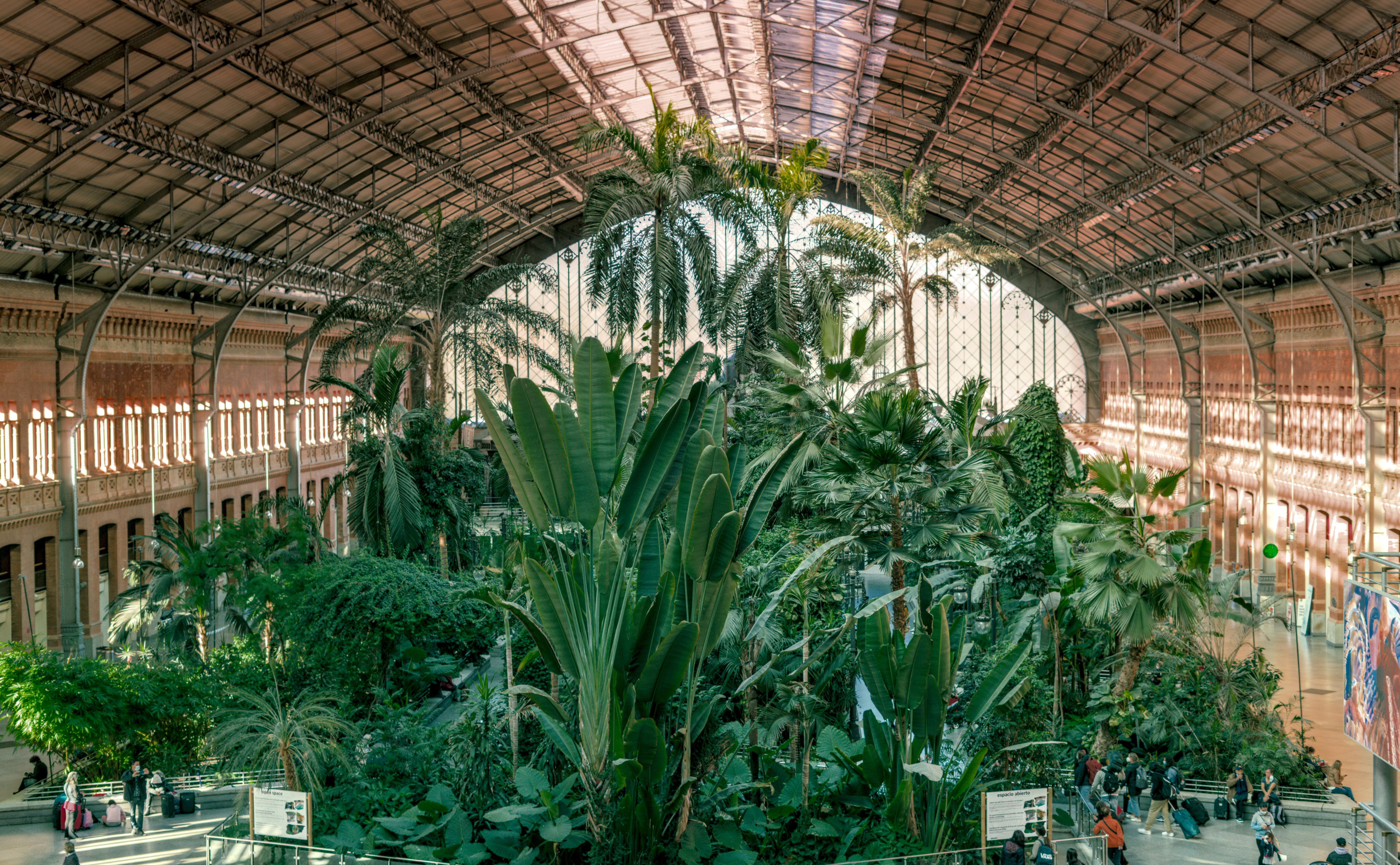Rewilding: A Revolutionary Trend in Urban Spaces
We live in a fast-paced, highly developed world where technology rules and nature often takes a backseat. But what if we could integrate nature back into our urban spaces, creating harmony between city life and the natural world? Welcome to the concept of urban rewilding, an emerging trend in city planning and development. Read below to delve into this fascinating concept.

The Concept of Urban Rewilding
Urban rewilding is the process of reintroducing elements of the wild into urban spaces. This can take many forms, from creating green roofs and vertical gardens to rewilding abandoned areas and even reintroducing native species. It’s a radical departure from traditional urban planning, focusing on the integration of nature rather than its exclusion.
Benefits of Urban Rewilding
The benefits of urban rewilding are manifold. Firstly, it provides urban dwellers with a much-needed connection to nature, improving mental health and wellbeing. Moreover, it can help mitigate the effects of climate change by increasing the number of trees and plants that absorb carbon dioxide. Urban rewilding also creates habitats for wildlife, encouraging biodiversity in city spaces.
Successful Cases of Urban Rewilding
Several cities around the world have successfully implemented rewilding projects. For instance, in Singapore, an island city-state with limited space, city planners have created numerous green spaces, effectively turning the city into a “city in a garden”. Another example is in Detroit, USA, where abandoned urban spaces are being rewilded to create urban farms and community gardens.
Challenges to Urban Rewilding
While the concept of urban rewilding is promising, it’s not without challenges. One of the main issues is the lack of space in densely populated cities. Additionally, urban rewilding can be expensive and requires commitment from city planners and local governments. Lastly, introducing wildlife into urban areas can lead to conflicts between humans and animals.
Looking to the Future
Despite these challenges, the trend of urban rewilding is growing. As we grapple with issues such as climate change, biodiversity loss, and urbanization, rewilding offers a potential solution. It’s a trend that’s not only beneficial for the environment and wildlife but also for city dwellers who crave a connection to nature.
Useful Tips and Facts:
- Urban rewilding can take many forms, including green roofs, vertical gardens, and the reintroduction of native species.
- The benefits of urban rewilding include improved mental health, mitigation of climate change effects, and increased biodiversity.
- Successful cases of urban rewilding can be found in cities like Singapore and Detroit.
- Challenges to urban rewilding include lack of space, high costs, and potential conflicts between humans and animals.
In conclusion, urban rewilding is a promising trend in city planning and development. It offers a way to reintegrate nature into our urban spaces, benefiting both humans and wildlife. While it comes with challenges, the benefits it brings make it a trend worth pursuing. As we move forward, it’s crucial for city planners, governments, and citizens to work together to create more sustainable, nature-friendly cities.




